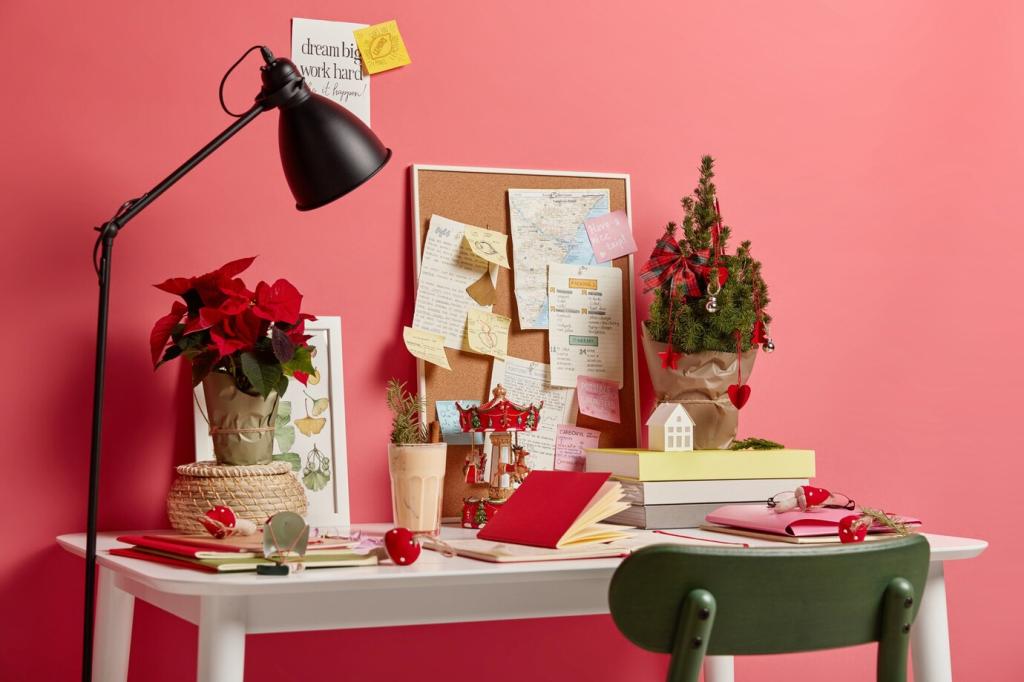Thought Leadership with Heart
Share constraints, budgets, floor plans, and alternatives you declined. Readers appreciate honest tradeoffs and learn how pros make decisions. Transparent lessons spark respect and meaningful comments rather than drive-by admiration.
Thought Leadership with Heart
Discuss why a trend resonates—economic cycles, wellbeing, or material innovations—and how to borrow its essence without waste. Offer “keep, tweak, skip” guidance to help readers evolve taste responsibly and avoid confusing short-lived novelty with personal style.










